Robots are called to perform all kinds of tasks in a more efficient way and at a lower cost than most humans. There are many pros and cons about this replacement of human labor for robotics, depending on who takes the floor and based on which social values support the arguments, but there is one sector in which robotics has a perfect labor market niche: Space exploration. Their endurance, lack of vital support requirements, and work capacity point at them as the perfect astronauts.
Robotics has been present in the space race from the very beginning in the form of spacecraft devices or probes that have been used to get the Solar System closer to us by taking pictures or taking and analysing samples.
The question is when a humanoid robot, that behaves like a human astronaut, that is to say, that can get along in a spaceship designed for humans (in which it would have to perform actions like opening locks or repairing equipment) will take off from the Earth’s surface. Currently, NASA is working on Valkyrie, a 1.80 metres tall humanoid robot with the aim of serving either as an advance party or as part of the crew of an expedition to Mars.
In fiction, humans have often shared spacecraft and chores with robots, in a conscious or unconscious way. From Ash (Ian Holm) in Alien (Ridley Scott, 1979), of which nobody, except the Mother computer and the big bosses at Weyland Industries, knew its true nature and intentions to get an exotic creature, to David (Michael Fassbender) in Prometheus, the prequel to the saga in which another robot with a perfectly human appearance offers its services to the renowned Peter Weyland without its robotic status being a surprise for the rest of the working team.
In these two examples of the Alien saga, robots are introduced in the crew with the intention of conducting a certain mission unknown to their human counterparts, that is, they are used as extremely loyal workers to carry out their duty without facing moral or other issues.
But robots are not always these privileged servants of their direct bosses, they also cooperate on an equal basis with the rest of the crew. In fact, they are often a majority and they do not usually have a human-like appearance, such as the adorable CASE and TARS of Interstellar (Christopher Nolan, 2014) or Huey, Dewey and Louie of Silent Running (Douglas Trumbull, 1972). In these cases, they have nothing to hide from their human colleagues.
A really peculiar situation is that of GERTY (Kevin Spacey) in Moon (Duncan Jones, 2009), a robot created by Lunar Industries Ltd. to serve and accompany Sam Bell (Sam Rockwell) during his hard work on the Moon in which he extracts an isotope that in the future could constitute a clean source of energy: helium-3.
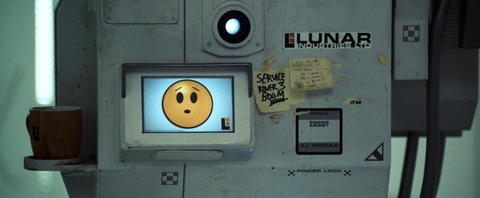
GERTY must deal both with his terrestrial bosses at Lunar Industries, who are determined to get the biggest benefit out of it, and with the conflicts that Sam poses on the Moon, from whom a lot of information is concealed from the Earth. And the truth is that despite the contradictions he knows how to “sit on the fence” and manages quite well. He is a much better co-worker than HAL 9000 in 2001: A Space Odyssey (Stanley Kubrick, 1968), to whom his impertinence and arrogance, in my opinion, made him lose his temper.
This is perhaps one of the conflicts that can arise when introducing a robot into the crew of a space mission: the fact that, on the part of those responsible for the mission, there is no fair treatment and the robots have information and/or objectives different to those of the human members of the mission.
But suspicions can also be directed towards the robot itself, regardless of whether its status and treatment can compare to that of humans: that the machine rises up in some way to take control of the mission because of different motivations. In this sense, Pilot Pirx’s inquest (Marek Piestrak, 1978), based on the short story by Stanislaw Lem The Inquest, raises a whole field of evidence on that subject. The astronaut Pirx, protagonist of a whole collection of short stories by Lem, including this one, is in charge of testing a new technology that will optimize space exploration: the robots known as nonlinear. Pirx will have to evaluate its suitability for space travel in a complex scenario: a mission to Saturn in which a crew consisting of humans and robots will share tasks without Pirx knowing, a priori, the nature of each one of them.
Science fiction offers all sorts of scenarios for this kind of space travel that will undoubtedly take place with robots in any of the technological incarnations that present and future science allows us. Humans will decide on their looks and functions and how our relationship with them will be, the question is which humans will do it. It was very clear to Pirx.
Photo attribution of Valkyrie: https://www.flickr.com/photos/nasa2explore/11408577176




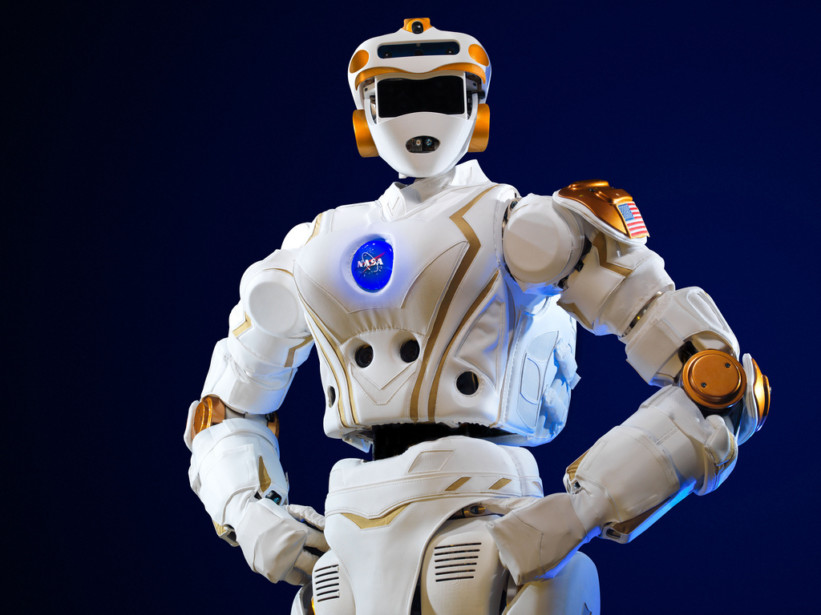
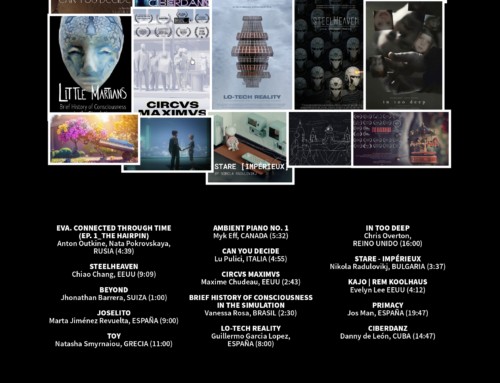

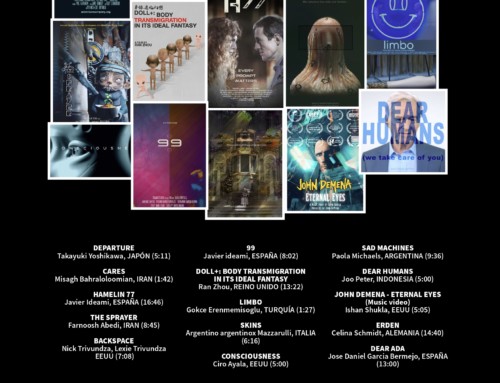
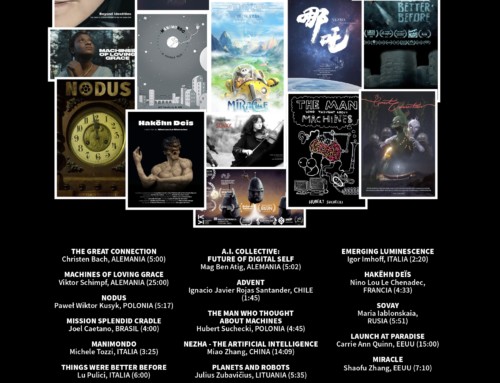

Leave A Comment